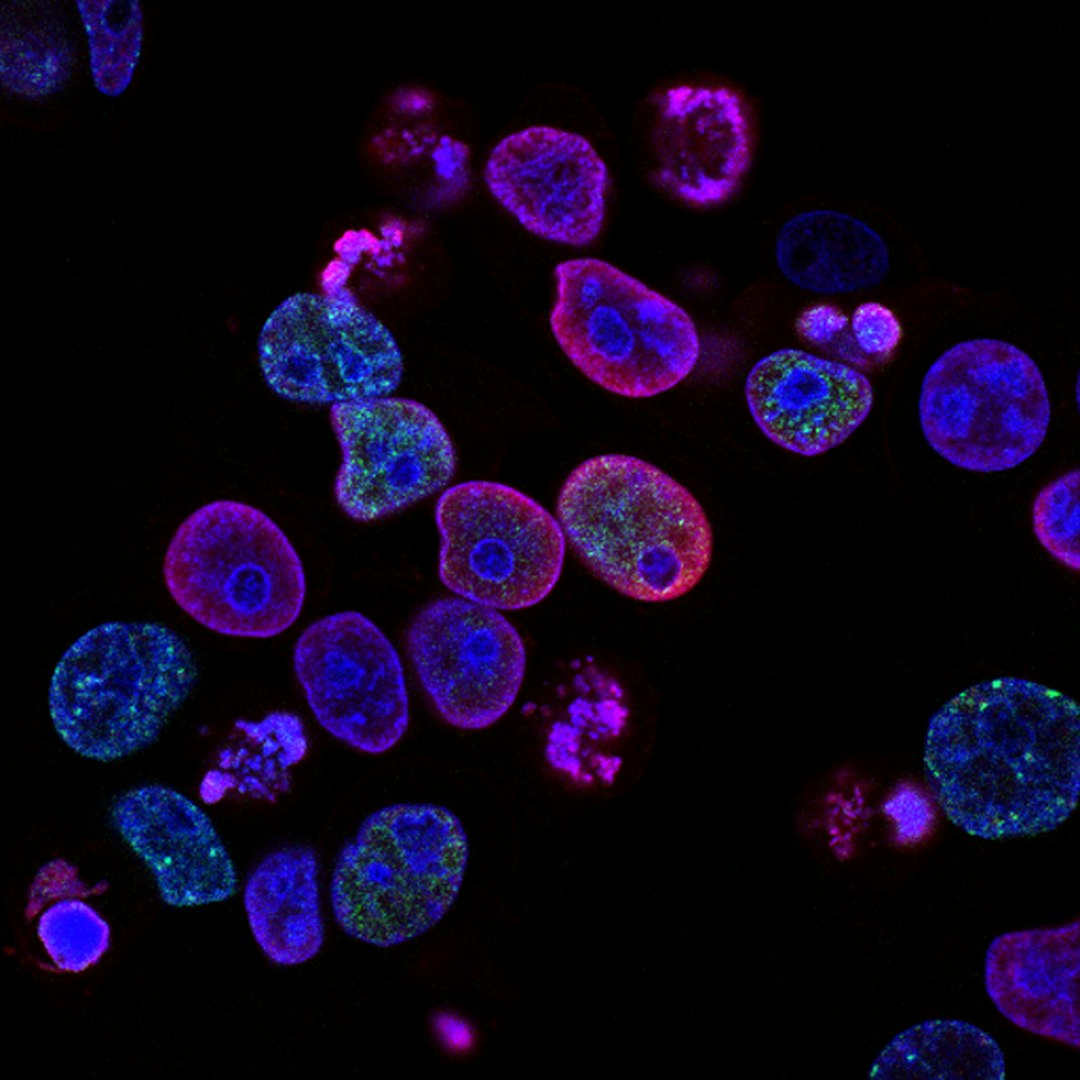The Future of Robotics: From Automation to Humanoids
With each passing year, technology continues to advance at an unprecedented pace. One field that has benefited greatly from these advancements is robotics. Robotics has gone from being a concept confined to the realm of science fiction to an integral part of our everyday lives. From automated machinery to sophisticated humanoids, the future of robotics is truly exciting. In this blog post, we will explore the different aspects of the future of robotics and how it is poised to revolutionize various industries.
Automation, the science of making processes and tasks automatic, has been the cornerstone of robotics for decades. We have seen automation come to life in various industries, such as manufacturing, healthcare, and logistics. Robots have not only improved efficiency but have also allowed humans to focus on more complex and creative tasks. However, the potential of automation goes far beyond what we have witnessed thus far.
The future holds the promise of even more sophisticated automation with the help of artificial intelligence (AI). AI-powered robots will be able to learn from their surroundings, adapt to new situations, and make decisions without human intervention. This advancement will revolutionize industries like agriculture, where robots will autonomously plant and harvest crops, monitor soil conditions, and optimize resource allocation. Similarly, in the healthcare sector, robots will assist in surgeries, deliver medications, and provide companionship to patients. The possibilities are endless, as automation is set to permeate every aspect of our lives.
Moving beyond automation, another exciting development on the horizon is the rise of humanoids. Humanoid robots, designed to mimic human behavior and appearance, have long been a fascination in science fiction. However, recent advancements in robotics have made it possible to bring humanoids from our imaginations to reality. These machines are not only capable of performing tasks with precision but can also communicate and interact with humans in a natural manner.
The applications of humanoids are vast and varied. In the field of education, humanoids can serve as interactive teachers, providing personalized learning experiences to students. They can engage in conversations, answer questions, and adapt their teaching methods to match each student’s learning style. Similarly, in the hospitality industry, hotels are already employing humanoid robots as concierges, receptionists, and even room attendants, providing efficient and personalized services to guests. Humanoids can also play a crucial role in healthcare, assisting patients with daily tasks, providing emotional support, and even performing delicate surgeries.
However, as the field of robotics progresses, ethical concerns come to the forefront. As robots become more intelligent and lifelike, questions about their impact on human employment, safety, and privacy arise. It is crucial for researchers and policymakers to address these concerns and establish guidelines to ensure that robotics is used for the betterment of society.
The future of robotics is not limited to automation and humanoids. It also involves advancements in robotics technology, such as lightweight materials, improved battery life, and better motor control. These developments will result in robots that are more versatile, agile, and capable of performing complex tasks. From search and rescue operations in disaster-stricken areas to exploration missions in space, robotics will continue to push the boundaries of what is possible.
In conclusion, the future of robotics holds immense potential. From automation to humanoids, we are witnessing groundbreaking technological advancements that are set to transform various industries. Automation, powered by AI, will revolutionize efficiency and productivity. Humanoids, designed to mimic human behavior, will improve education, healthcare, and hospitality. However, as we delve deeper into the realm of robotics, we must also address ethical concerns and ensure that these technologies are used responsibly. The future of robotics is bright, and it is up to us to navigate this path with wisdom and foresight.









